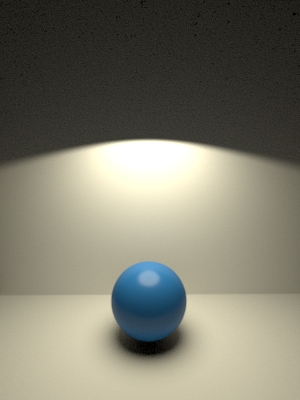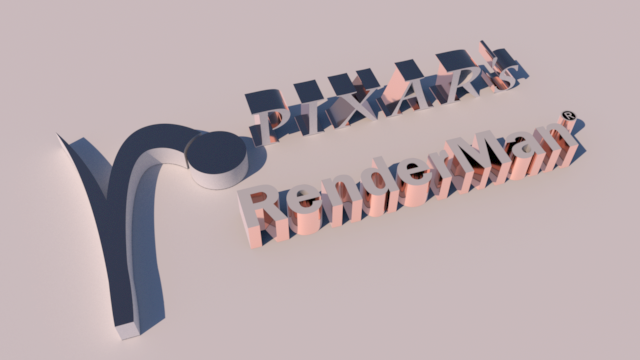


To the environment sphere in order to use image-based lighting (IBL) for the glass. Image-Based Lighting & Glass Renders In addition to using ray-traced lighting and RenderMan's environment light, I've attached an HDR image Shadows created from RenderMan's environment lightĬombined shadows from both raytracing and RenderMan with Shadows created from standard raytracing with 3-point spotlight lighting as I have done with the lighting of the scene, using the light-linking relationship editor to control the shadows.īelow are images from the shadow renders showing the stages of shadows before the final shadow pass is reached. Hence, instead of solely using either ray-traced shadows or deep shadows, I proceeded to combine both techniques together Unfortunately, some of the objects in the scene were not lit properly which affected the output of the shadows rendered

Shadow Renders Upon lighting the scene, both ray-traced and depth map shadows from Pixar's RenderMan were used. Pass activated - no other amendments or additional spot lights were added to the scene during this phase.īelow are images from the occlusion renders using just the render radiosity function of RenderMan's environment lighting. Occlusion Renders Still with partially resolved models, lighting from RenderMan's environment sphere was used with the "Render Radiosity"

Ultimately, as the shadows appeared incorrectly when only one lighting system was used,Ī hybrid of both ray-traced lighting and RenderMan environment lighting (with an attached high dynamic-range imaging) was used.īelow are images from the preliminary renders using just ray-traced lighting. In the lighting quality and choose which one fit best for this particular project. Ray traced Renders After the models have been partially resolved, ray-traced lighting was used in comparison with lighting from RenderMan's environment sphere in order to view the difference With Pixar's RenderMan Studio with a detailed breakdown of the process from lookĭevelopment to modelling, render tests and a display of different render passes.
RENDERMAN ENVIRONMENT LIGHT HOW TO
Follows a three step instructions on how to achieve this in our example scene.This web page displays a model of a snow globe rendered Using the Multi-Light feature, rendering a set of lights into one image layer is almost as as easy as the individual light case: create a set with the desired lights and select that set in the Groups part of the Multi-Light list. In this case, it might be useful to group such lights into one Light Group so to render them into one image layer. Rendering all individual lights separately maybe excessive when there are many light sources (for example the lights of a building or in the case of streets lights). Selecting individual lights in the Multi-Light interface Starting in the Output: Image Layers (AOVs)of the Render Settings, go in the Multi-Light fold and select the listed scene lights. Separating lights doesn't require any special steps but to select the scene lights in the Multi-Light section of the RGBA layer. Any custom shading nodes you write will automatically support this feature. There is no need to insert intermediary utility nodes to your shading networks. Multi-Light rendering is a fundamental and powerful feature of 3Delight and it works for all shading networks.


 0 kommentar(er)
0 kommentar(er)
